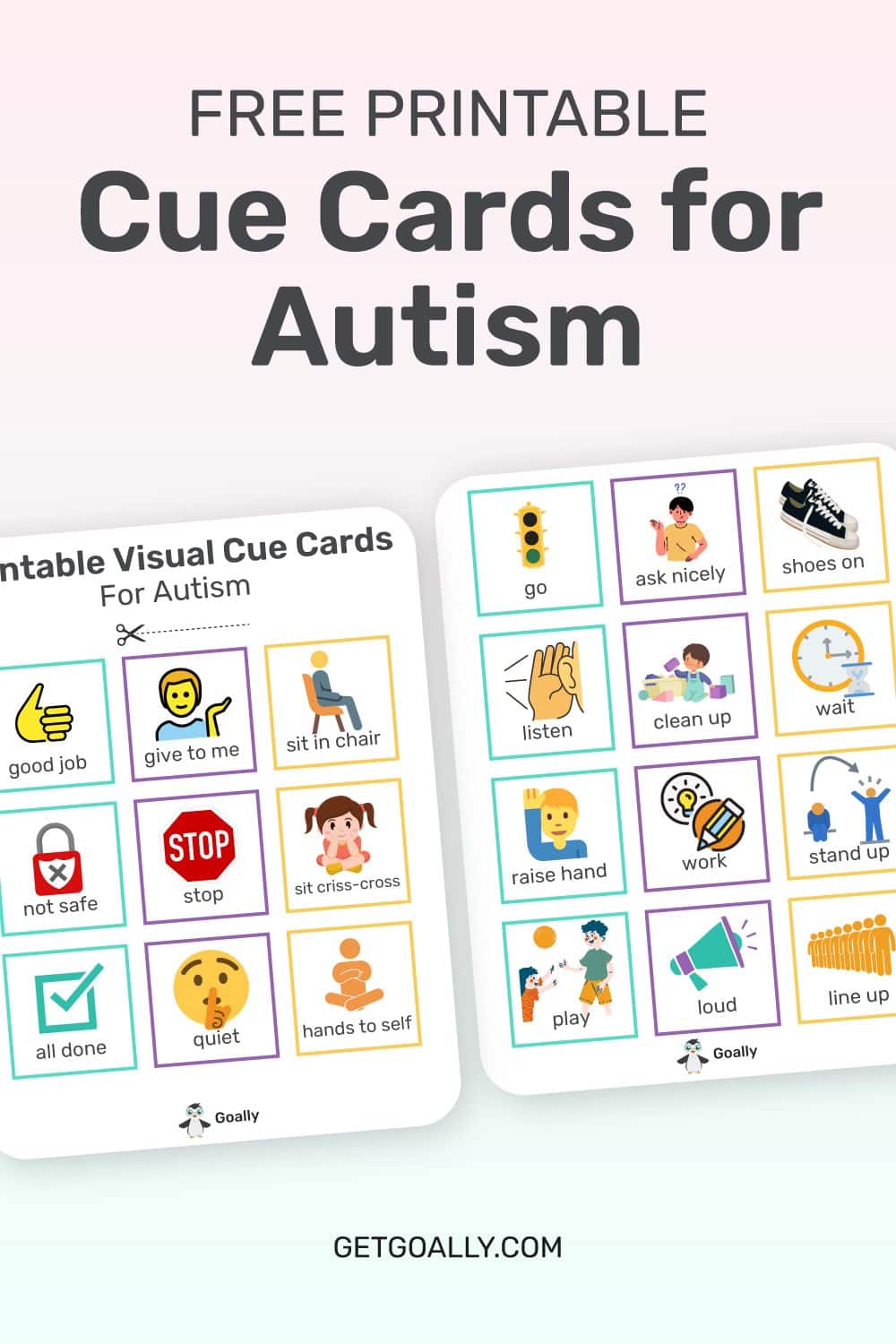Visual aids, like slideshows and infographics, enhance communication and understanding. They’re used in presentations, lectures, and education to engage and reinforce key points. Examples of visual aids include:
- Slideshows: Present information using text, images, and multimedia elements to keep the audience engaged.
- Infographics: Concisely present data, statistics, and information using icons, charts, and illustrations.
- Charts and Graphs: Illustrate trends, comparisons, and relationships between variables, making numerical information easier to understand.
- Diagrams and Flowcharts: Provide step-by-step visual representations to explain processes, systems, or relationships.
- Models and Physical Objects: Use physical models to demonstrate concepts, such as a solar system model in science class.
Visual aids simplify complex information, make it visually appealing, and improve retention. Incorporating them into presentations and educational materials enhances the learning experience.
This post was originally published on Feb. 19, 2023. It was updated on Feb 24, 2025.











